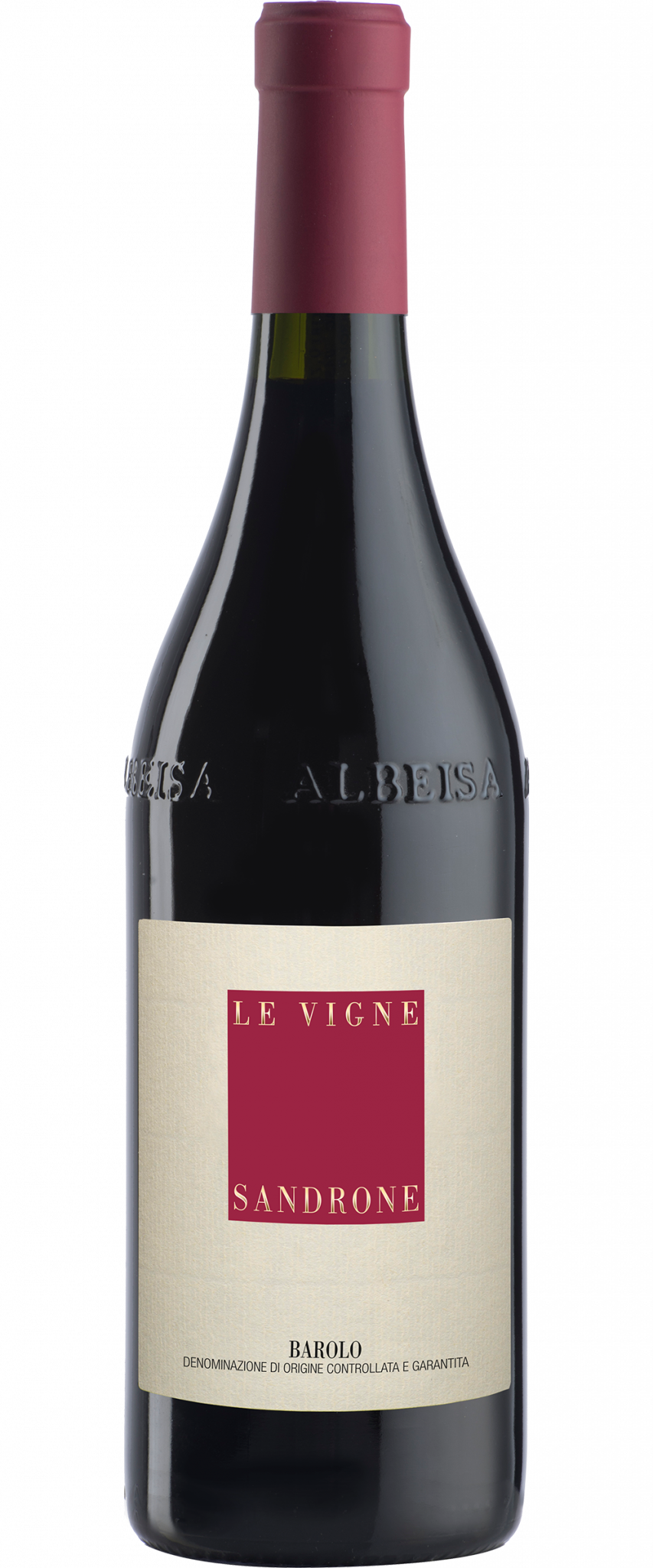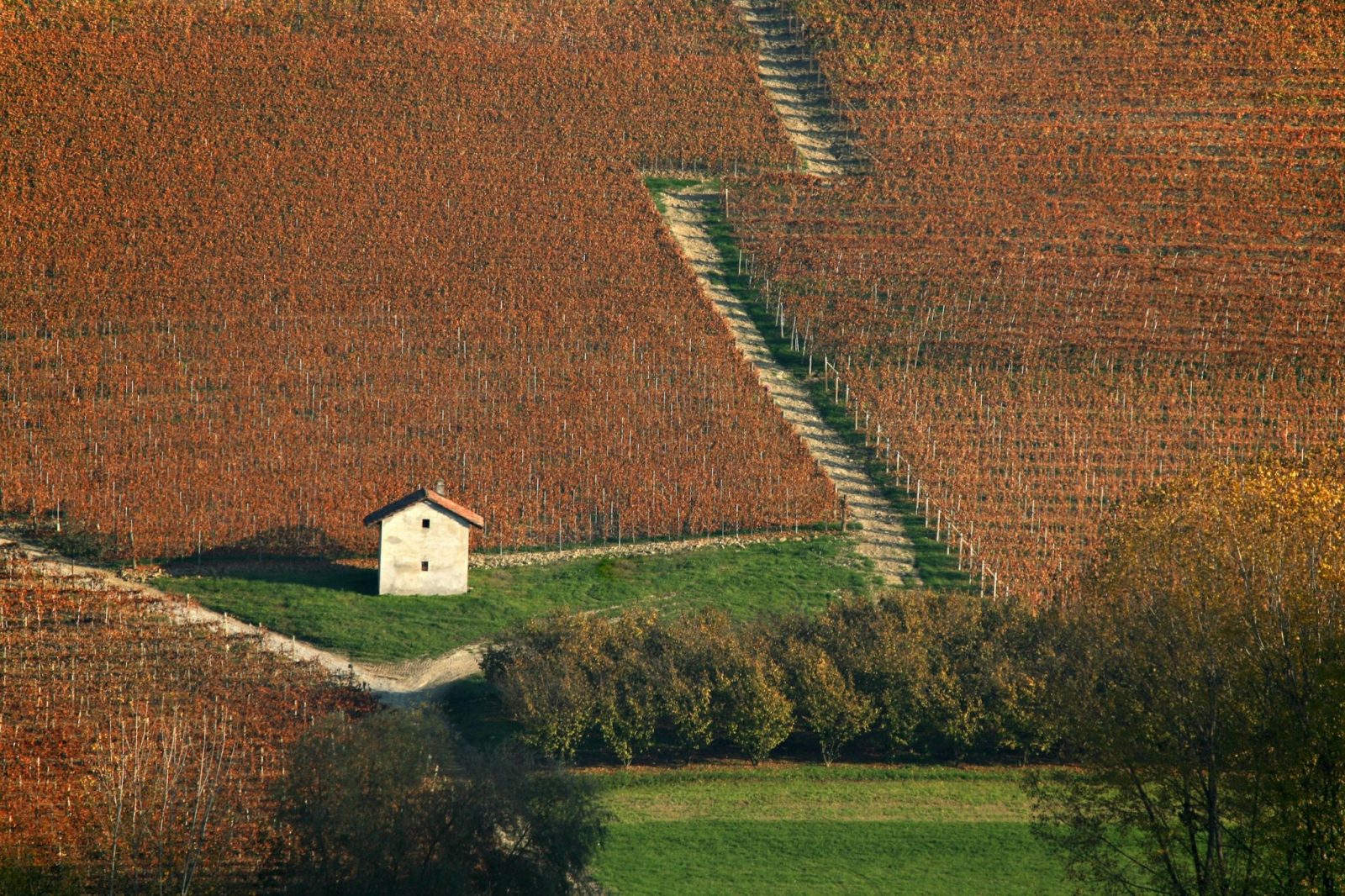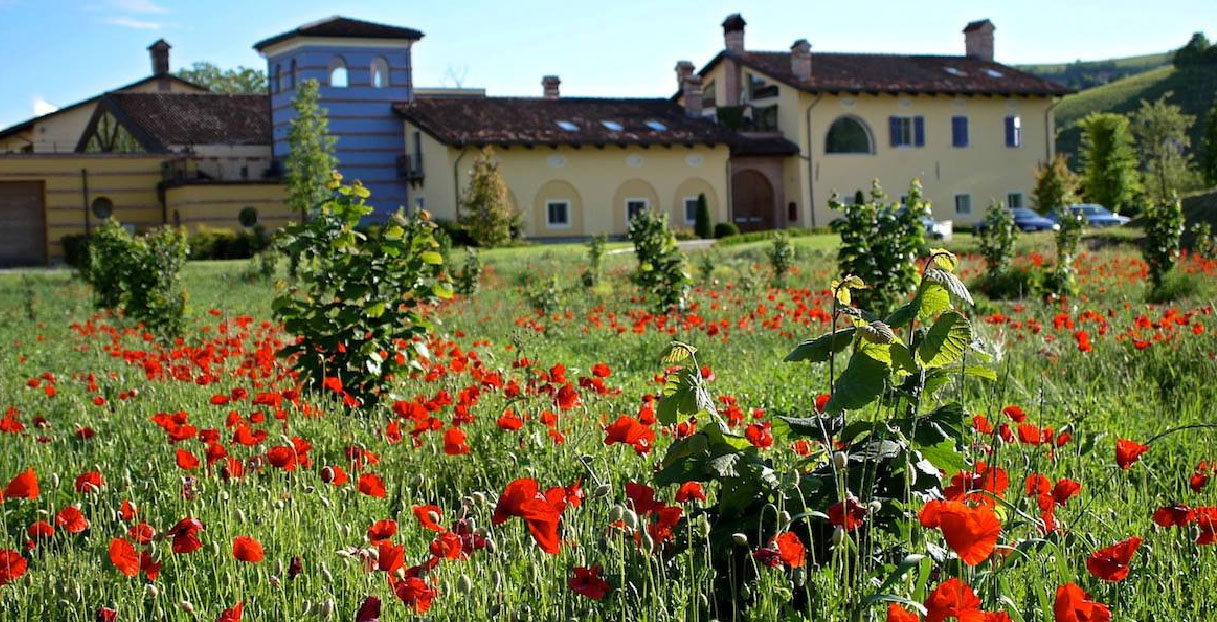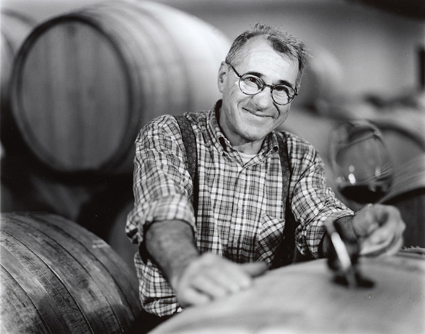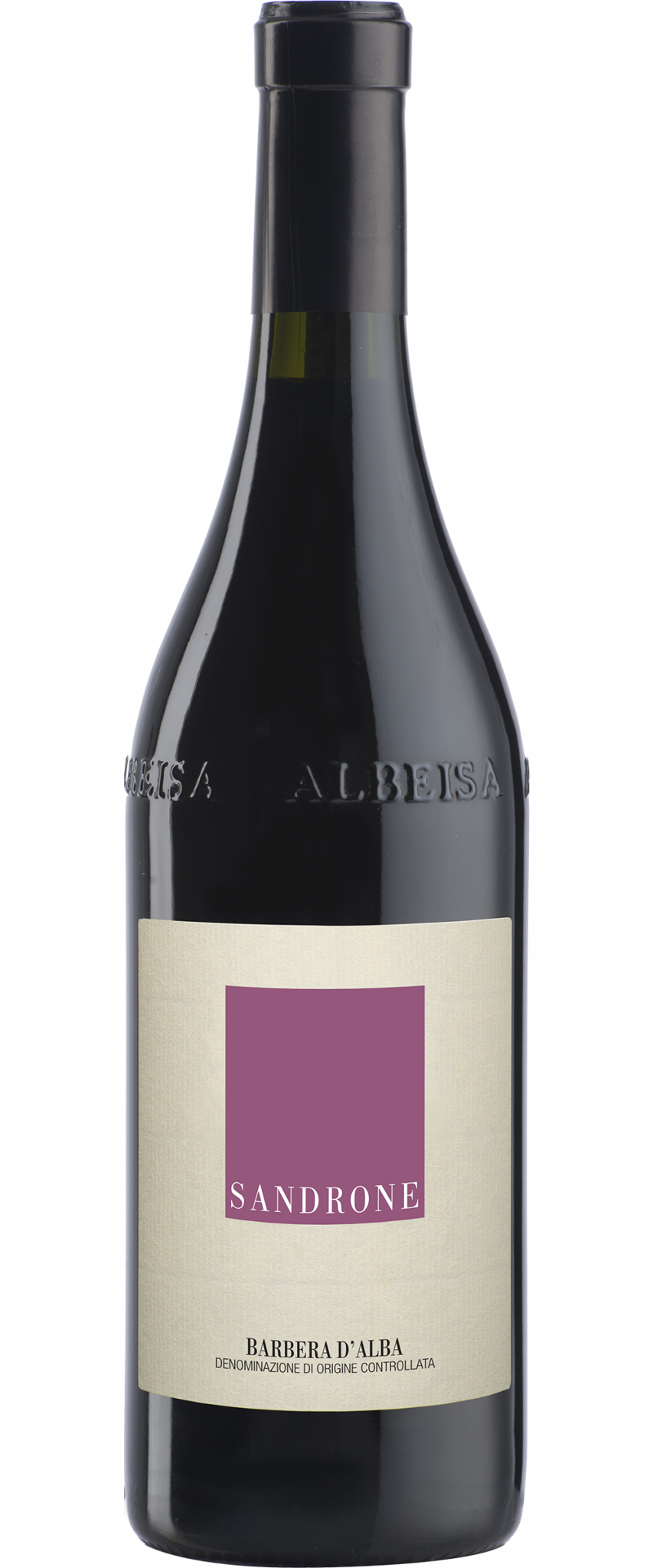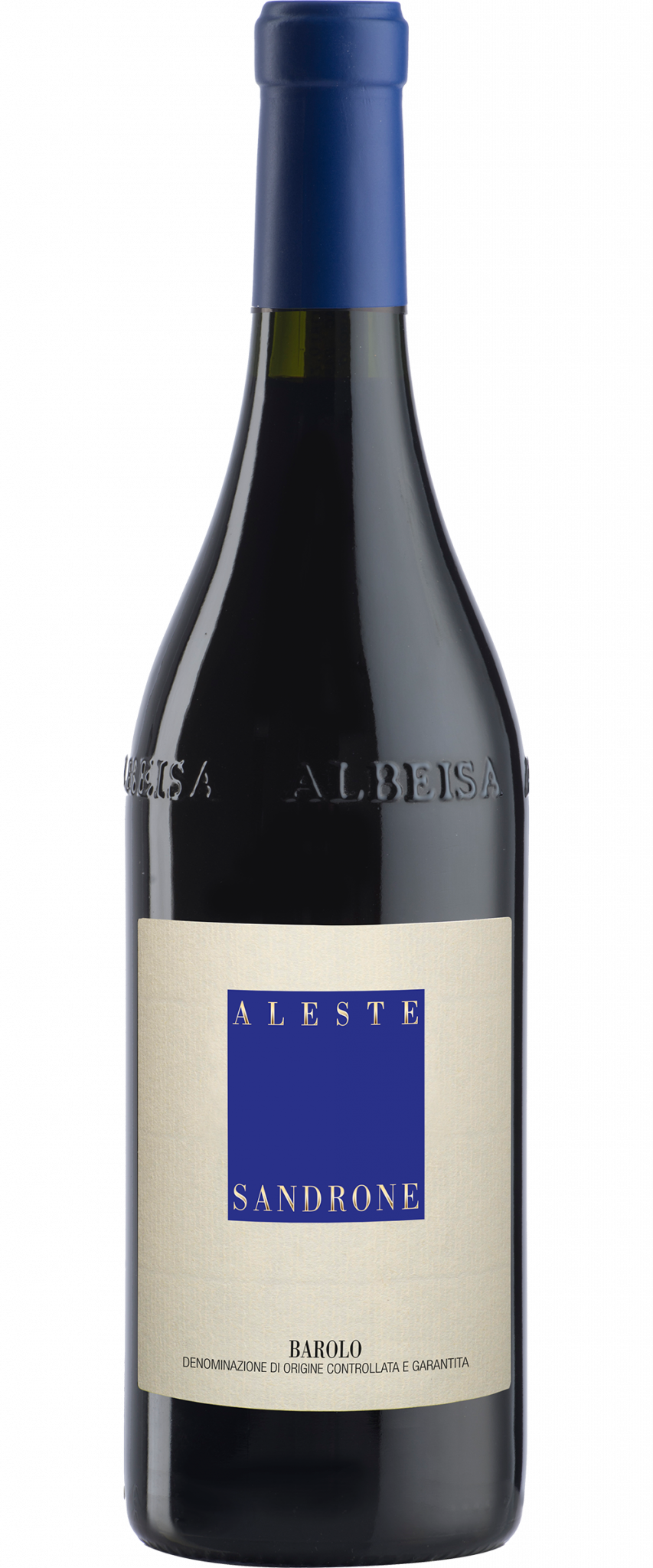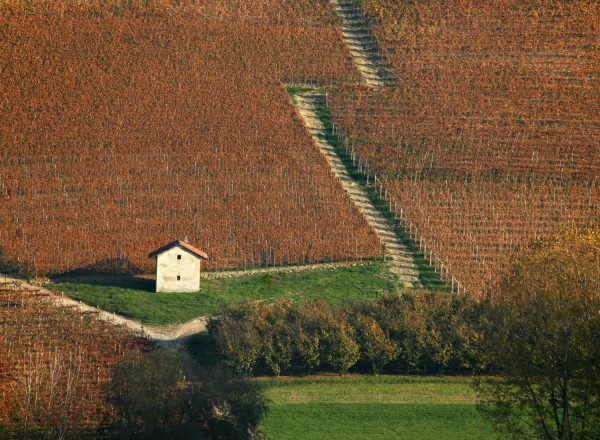
Array
(
[ID] => 1152
[id] => 1152
[title] => Sandrone - Vignane Vineyard
[filename] => SANDRONE-Vignane-4-e1533662650480.jpg
[filesize] => 486914
[url] => https://wireless.vintus.com/wp-content/uploads/2018/08/SANDRONE-Vignane-4-e1533662650480.jpg
[link] => https://wireless.vintus.com/producers/sandrone/sandrone-vignane-4/
[alt] =>
[author] => 6
[description] =>
[caption] =>
[name] => sandrone-vignane-4
[status] => inherit
[uploaded_to] => 480
[date] => 2018-08-07 17:23:52
[modified] => 2018-09-20 15:07:52
[menu_order] => 0
[mime_type] => image/jpeg
[type] => image
[subtype] => jpeg
[icon] => https://vintus.com/wp-includes/images/media/default.png
[width] => 1600
[height] => 1066
[sizes] => Array
(
[thumbnail] => https://wireless.vintus.com/wp-content/uploads/2018/08/SANDRONE-Vignane-4-600x440.jpg
[thumbnail-width] => 600
[thumbnail-height] => 440
[medium] => https://wireless.vintus.com/wp-content/uploads/2018/08/SANDRONE-Vignane-4-300x200.jpg
[medium-width] => 300
[medium-height] => 200
[medium_large] => https://wireless.vintus.com/wp-content/uploads/2018/08/SANDRONE-Vignane-4-768x512.jpg
[medium_large-width] => 768
[medium_large-height] => 512
[large] => https://wireless.vintus.com/wp-content/uploads/2018/08/SANDRONE-Vignane-4-1024x683.jpg
[large-width] => 1024
[large-height] => 683
[1536x1536] => https://wireless.vintus.com/wp-content/uploads/2018/08/SANDRONE-Vignane-4-e1533662650480.jpg
[1536x1536-width] => 1536
[1536x1536-height] => 1023
[2048x2048] => https://wireless.vintus.com/wp-content/uploads/2018/08/SANDRONE-Vignane-4-e1533662650480.jpg
[2048x2048-width] => 1600
[2048x2048-height] => 1066
[list_thumb] => https://wireless.vintus.com/wp-content/uploads/2018/08/SANDRONE-Vignane-4-600x400.jpg
[list_thumb-width] => 600
[list_thumb-height] => 400
[gform-image-choice-sm] => https://wireless.vintus.com/wp-content/uploads/2018/08/SANDRONE-Vignane-4-e1533662650480.jpg
[gform-image-choice-sm-width] => 300
[gform-image-choice-sm-height] => 200
[gform-image-choice-md] => https://wireless.vintus.com/wp-content/uploads/2018/08/SANDRONE-Vignane-4-e1533662650480.jpg
[gform-image-choice-md-width] => 400
[gform-image-choice-md-height] => 267
[gform-image-choice-lg] => https://wireless.vintus.com/wp-content/uploads/2018/08/SANDRONE-Vignane-4-e1533662650480.jpg
[gform-image-choice-lg-width] => 600
[gform-image-choice-lg-height] => 400
)
)
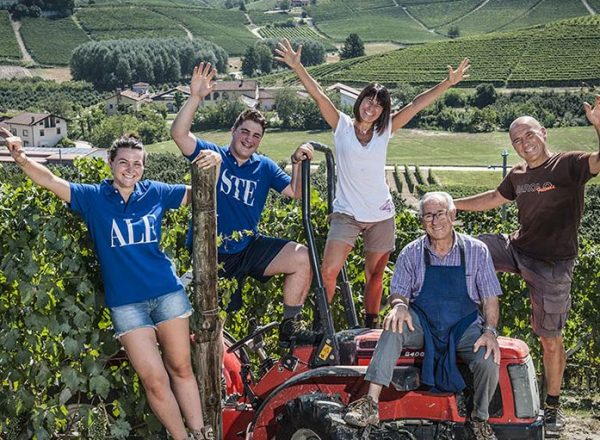
Array
(
[ID] => 4682
[id] => 4682
[title] => Sandrone Family Aleste
[filename] => Aleste-Family.jpg
[filesize] => 150440
[url] => https://wireless.vintus.com/wp-content/uploads/2018/09/Aleste-Family.jpg
[link] => https://wireless.vintus.com/aleste-family-2/
[alt] =>
[author] => 6
[description] =>
[caption] =>
[name] => aleste-family-2
[status] => inherit
[uploaded_to] => 0
[date] => 2018-09-10 12:57:09
[modified] => 2018-09-10 12:57:20
[menu_order] => 0
[mime_type] => image/jpeg
[type] => image
[subtype] => jpeg
[icon] => https://vintus.com/wp-includes/images/media/default.png
[width] => 697
[height] => 674
[sizes] => Array
(
[thumbnail] => https://wireless.vintus.com/wp-content/uploads/2018/09/Aleste-Family-600x440.jpg
[thumbnail-width] => 600
[thumbnail-height] => 440
[medium] => https://wireless.vintus.com/wp-content/uploads/2018/09/Aleste-Family-300x290.jpg
[medium-width] => 300
[medium-height] => 290
[medium_large] => https://wireless.vintus.com/wp-content/uploads/2018/09/Aleste-Family.jpg
[medium_large-width] => 697
[medium_large-height] => 674
[large] => https://wireless.vintus.com/wp-content/uploads/2018/09/Aleste-Family.jpg
[large-width] => 697
[large-height] => 674
[1536x1536] => https://wireless.vintus.com/wp-content/uploads/2018/09/Aleste-Family.jpg
[1536x1536-width] => 697
[1536x1536-height] => 674
[2048x2048] => https://wireless.vintus.com/wp-content/uploads/2018/09/Aleste-Family.jpg
[2048x2048-width] => 697
[2048x2048-height] => 674
[list_thumb] => https://wireless.vintus.com/wp-content/uploads/2018/09/Aleste-Family-414x400.jpg
[list_thumb-width] => 414
[list_thumb-height] => 400
[gform-image-choice-sm] => https://wireless.vintus.com/wp-content/uploads/2018/09/Aleste-Family.jpg
[gform-image-choice-sm-width] => 300
[gform-image-choice-sm-height] => 290
[gform-image-choice-md] => https://wireless.vintus.com/wp-content/uploads/2018/09/Aleste-Family.jpg
[gform-image-choice-md-width] => 400
[gform-image-choice-md-height] => 387
[gform-image-choice-lg] => https://wireless.vintus.com/wp-content/uploads/2018/09/Aleste-Family.jpg
[gform-image-choice-lg-width] => 600
[gform-image-choice-lg-height] => 580
)
)
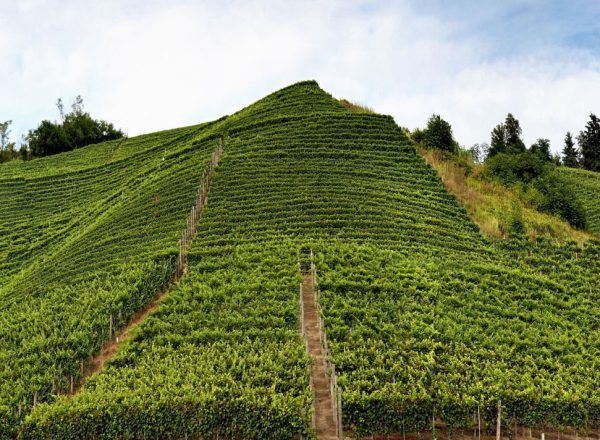
Array
(
[ID] => 1153
[id] => 1153
[title] => Sandrone - Valmaggiore Vineyard
[filename] => 001_valm-v1.jpg
[filesize] => 294150
[url] => https://wireless.vintus.com/wp-content/uploads/2018/08/001_valm-v1.jpg
[link] => https://wireless.vintus.com/producers/sandrone/001_valm-v1/
[alt] =>
[author] => 6
[description] =>
[caption] =>
[name] => 001_valm-v1
[status] => inherit
[uploaded_to] => 480
[date] => 2018-08-07 17:23:53
[modified] => 2018-09-19 19:25:53
[menu_order] => 0
[mime_type] => image/jpeg
[type] => image
[subtype] => jpeg
[icon] => https://vintus.com/wp-includes/images/media/default.png
[width] => 971
[height] => 800
[sizes] => Array
(
[thumbnail] => https://wireless.vintus.com/wp-content/uploads/2018/08/001_valm-v1-600x440.jpg
[thumbnail-width] => 600
[thumbnail-height] => 440
[medium] => https://wireless.vintus.com/wp-content/uploads/2018/08/001_valm-v1-300x247.jpg
[medium-width] => 300
[medium-height] => 247
[medium_large] => https://wireless.vintus.com/wp-content/uploads/2018/08/001_valm-v1-768x633.jpg
[medium_large-width] => 768
[medium_large-height] => 633
[large] => https://wireless.vintus.com/wp-content/uploads/2018/08/001_valm-v1.jpg
[large-width] => 971
[large-height] => 800
[1536x1536] => https://wireless.vintus.com/wp-content/uploads/2018/08/001_valm-v1.jpg
[1536x1536-width] => 971
[1536x1536-height] => 800
[2048x2048] => https://wireless.vintus.com/wp-content/uploads/2018/08/001_valm-v1.jpg
[2048x2048-width] => 971
[2048x2048-height] => 800
[list_thumb] => https://wireless.vintus.com/wp-content/uploads/2018/08/001_valm-v1-486x400.jpg
[list_thumb-width] => 486
[list_thumb-height] => 400
[gform-image-choice-sm] => https://wireless.vintus.com/wp-content/uploads/2018/08/001_valm-v1.jpg
[gform-image-choice-sm-width] => 300
[gform-image-choice-sm-height] => 247
[gform-image-choice-md] => https://wireless.vintus.com/wp-content/uploads/2018/08/001_valm-v1.jpg
[gform-image-choice-md-width] => 400
[gform-image-choice-md-height] => 330
[gform-image-choice-lg] => https://wireless.vintus.com/wp-content/uploads/2018/08/001_valm-v1.jpg
[gform-image-choice-lg-width] => 600
[gform-image-choice-lg-height] => 494
)
)
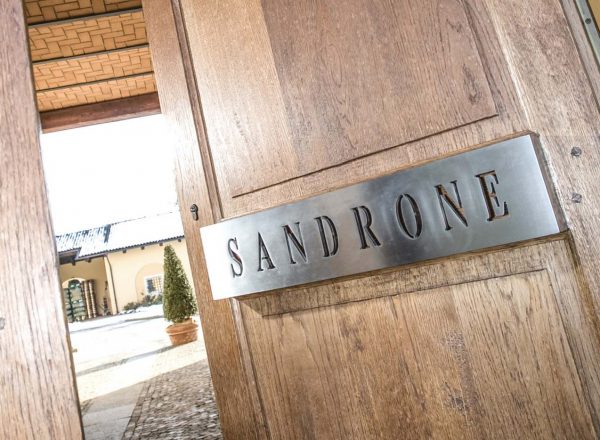
Array
(
[ID] => 481
[id] => 481
[title] => Sandrone - Cellar Door
[filename] => Sandrone.jpg
[filesize] => 844180
[url] => https://wireless.vintus.com/wp-content/uploads/2018/08/Sandrone.jpg
[link] => https://wireless.vintus.com/producers/sandrone/sandrone-jpg/
[alt] =>
[author] => 6
[description] =>
[caption] =>
[name] => sandrone-jpg
[status] => inherit
[uploaded_to] => 480
[date] => 2018-08-05 04:36:50
[modified] => 2018-09-20 15:20:17
[menu_order] => 0
[mime_type] => image/jpeg
[type] => image
[subtype] => jpeg
[icon] => https://vintus.com/wp-includes/images/media/default.png
[width] => 1448
[height] => 934
[sizes] => Array
(
[thumbnail] => https://wireless.vintus.com/wp-content/uploads/2018/08/Sandrone-600x440.jpg
[thumbnail-width] => 600
[thumbnail-height] => 440
[medium] => https://wireless.vintus.com/wp-content/uploads/2018/08/Sandrone-300x194.jpg
[medium-width] => 300
[medium-height] => 194
[medium_large] => https://wireless.vintus.com/wp-content/uploads/2018/08/Sandrone-768x495.jpg
[medium_large-width] => 768
[medium_large-height] => 495
[large] => https://wireless.vintus.com/wp-content/uploads/2018/08/Sandrone-1024x661.jpg
[large-width] => 1024
[large-height] => 661
[1536x1536] => https://wireless.vintus.com/wp-content/uploads/2018/08/Sandrone.jpg
[1536x1536-width] => 1448
[1536x1536-height] => 934
[2048x2048] => https://wireless.vintus.com/wp-content/uploads/2018/08/Sandrone.jpg
[2048x2048-width] => 1448
[2048x2048-height] => 934
[list_thumb] => https://wireless.vintus.com/wp-content/uploads/2018/08/Sandrone-600x387.jpg
[list_thumb-width] => 600
[list_thumb-height] => 387
[gform-image-choice-sm] => https://wireless.vintus.com/wp-content/uploads/2018/08/Sandrone.jpg
[gform-image-choice-sm-width] => 300
[gform-image-choice-sm-height] => 194
[gform-image-choice-md] => https://wireless.vintus.com/wp-content/uploads/2018/08/Sandrone.jpg
[gform-image-choice-md-width] => 400
[gform-image-choice-md-height] => 258
[gform-image-choice-lg] => https://wireless.vintus.com/wp-content/uploads/2018/08/Sandrone.jpg
[gform-image-choice-lg-width] => 600
[gform-image-choice-lg-height] => 387
)
)
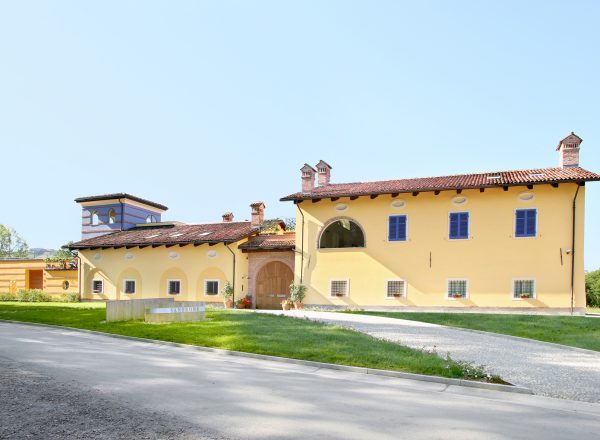
Array
(
[ID] => 1150
[id] => 1150
[title] => Sandrone - Winery
[filename] => FOTO-CANTINA-e1533662610155.jpg
[filesize] => 200829
[url] => https://wireless.vintus.com/wp-content/uploads/2018/08/FOTO-CANTINA-e1533662610155.jpg
[link] => https://wireless.vintus.com/producers/sandrone/foto-cantina/
[alt] =>
[author] => 6
[description] =>
[caption] =>
[name] => foto-cantina
[status] => inherit
[uploaded_to] => 480
[date] => 2018-08-07 17:23:26
[modified] => 2018-09-20 15:17:36
[menu_order] => 0
[mime_type] => image/jpeg
[type] => image
[subtype] => jpeg
[icon] => https://vintus.com/wp-includes/images/media/default.png
[width] => 1600
[height] => 1066
[sizes] => Array
(
[thumbnail] => https://wireless.vintus.com/wp-content/uploads/2018/08/FOTO-CANTINA-600x440.jpg
[thumbnail-width] => 600
[thumbnail-height] => 440
[medium] => https://wireless.vintus.com/wp-content/uploads/2018/08/FOTO-CANTINA-300x200.jpg
[medium-width] => 300
[medium-height] => 200
[medium_large] => https://wireless.vintus.com/wp-content/uploads/2018/08/FOTO-CANTINA-768x512.jpg
[medium_large-width] => 768
[medium_large-height] => 512
[large] => https://wireless.vintus.com/wp-content/uploads/2018/08/FOTO-CANTINA-1024x682.jpg
[large-width] => 1024
[large-height] => 682
[1536x1536] => https://wireless.vintus.com/wp-content/uploads/2018/08/FOTO-CANTINA-e1533662610155.jpg
[1536x1536-width] => 1536
[1536x1536-height] => 1023
[2048x2048] => https://wireless.vintus.com/wp-content/uploads/2018/08/FOTO-CANTINA-e1533662610155.jpg
[2048x2048-width] => 1600
[2048x2048-height] => 1066
[list_thumb] => https://wireless.vintus.com/wp-content/uploads/2018/08/FOTO-CANTINA-600x400.jpg
[list_thumb-width] => 600
[list_thumb-height] => 400
[gform-image-choice-sm] => https://wireless.vintus.com/wp-content/uploads/2018/08/FOTO-CANTINA-e1533662610155.jpg
[gform-image-choice-sm-width] => 300
[gform-image-choice-sm-height] => 200
[gform-image-choice-md] => https://wireless.vintus.com/wp-content/uploads/2018/08/FOTO-CANTINA-e1533662610155.jpg
[gform-image-choice-md-width] => 400
[gform-image-choice-md-height] => 267
[gform-image-choice-lg] => https://wireless.vintus.com/wp-content/uploads/2018/08/FOTO-CANTINA-e1533662610155.jpg
[gform-image-choice-lg-width] => 600
[gform-image-choice-lg-height] => 400
)
)
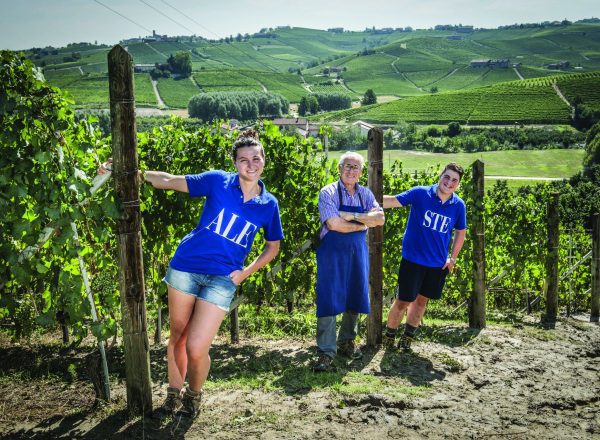
Array
(
[ID] => 3508
[id] => 3508
[title] => Sandrone - Alessia-Luciano-Stefano
[filename] => Sandrone-Alessia-Luciano-Stefano-e1533937652736.jpg
[filesize] => 495469
[url] => https://wireless.vintus.com/wp-content/uploads/2018/08/Sandrone-Alessia-Luciano-Stefano-e1533937652736.jpg
[link] => https://wireless.vintus.com/producers/sandrone/sandrone-alessia-luciano-stefano/
[alt] =>
[author] => 6
[description] =>
[caption] => ALEssia, Luciano, STEfano
[name] => sandrone-alessia-luciano-stefano
[status] => inherit
[uploaded_to] => 480
[date] => 2018-08-10 21:47:03
[modified] => 2018-08-10 21:48:20
[menu_order] => 0
[mime_type] => image/jpeg
[type] => image
[subtype] => jpeg
[icon] => https://vintus.com/wp-includes/images/media/default.png
[width] => 1600
[height] => 1065
[sizes] => Array
(
[thumbnail] => https://wireless.vintus.com/wp-content/uploads/2018/08/Sandrone-Alessia-Luciano-Stefano-600x440.jpg
[thumbnail-width] => 600
[thumbnail-height] => 440
[medium] => https://wireless.vintus.com/wp-content/uploads/2018/08/Sandrone-Alessia-Luciano-Stefano-300x200.jpg
[medium-width] => 300
[medium-height] => 200
[medium_large] => https://wireless.vintus.com/wp-content/uploads/2018/08/Sandrone-Alessia-Luciano-Stefano-768x511.jpg
[medium_large-width] => 768
[medium_large-height] => 511
[large] => https://wireless.vintus.com/wp-content/uploads/2018/08/Sandrone-Alessia-Luciano-Stefano-1024x682.jpg
[large-width] => 1024
[large-height] => 682
[1536x1536] => https://wireless.vintus.com/wp-content/uploads/2018/08/Sandrone-Alessia-Luciano-Stefano-e1533937652736.jpg
[1536x1536-width] => 1536
[1536x1536-height] => 1022
[2048x2048] => https://wireless.vintus.com/wp-content/uploads/2018/08/Sandrone-Alessia-Luciano-Stefano-e1533937652736.jpg
[2048x2048-width] => 1600
[2048x2048-height] => 1065
[list_thumb] => https://wireless.vintus.com/wp-content/uploads/2018/08/Sandrone-Alessia-Luciano-Stefano-600x400.jpg
[list_thumb-width] => 600
[list_thumb-height] => 400
[gform-image-choice-sm] => https://wireless.vintus.com/wp-content/uploads/2018/08/Sandrone-Alessia-Luciano-Stefano-e1533937652736.jpg
[gform-image-choice-sm-width] => 300
[gform-image-choice-sm-height] => 200
[gform-image-choice-md] => https://wireless.vintus.com/wp-content/uploads/2018/08/Sandrone-Alessia-Luciano-Stefano-e1533937652736.jpg
[gform-image-choice-md-width] => 400
[gform-image-choice-md-height] => 266
[gform-image-choice-lg] => https://wireless.vintus.com/wp-content/uploads/2018/08/Sandrone-Alessia-Luciano-Stefano-e1533937652736.jpg
[gform-image-choice-lg-width] => 600
[gform-image-choice-lg-height] => 399
)
)
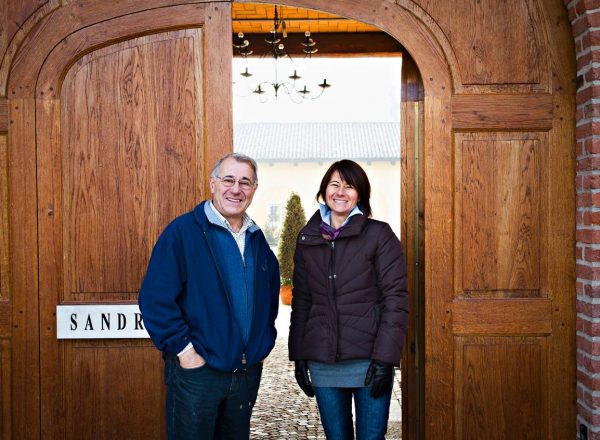
Array
(
[ID] => 1160
[id] => 1160
[title] => Sandrino-1-13
[filename] => Sandrino-1-13.jpg
[filesize] => 166808
[url] => https://wireless.vintus.com/wp-content/uploads/2018/08/Sandrino-1-13.jpg
[link] => https://wireless.vintus.com/producers/sandrone/sandrino-1-13/
[alt] =>
[author] => 6
[description] =>
[caption] =>
[name] => sandrino-1-13
[status] => inherit
[uploaded_to] => 480
[date] => 2018-08-07 17:29:26
[modified] => 2018-08-07 17:29:26
[menu_order] => 0
[mime_type] => image/jpeg
[type] => image
[subtype] => jpeg
[icon] => https://vintus.com/wp-includes/images/media/default.png
[width] => 1192
[height] => 846
[sizes] => Array
(
[thumbnail] => https://wireless.vintus.com/wp-content/uploads/2018/08/Sandrino-1-13-600x440.jpg
[thumbnail-width] => 600
[thumbnail-height] => 440
[medium] => https://wireless.vintus.com/wp-content/uploads/2018/08/Sandrino-1-13-300x213.jpg
[medium-width] => 300
[medium-height] => 213
[medium_large] => https://wireless.vintus.com/wp-content/uploads/2018/08/Sandrino-1-13-768x545.jpg
[medium_large-width] => 768
[medium_large-height] => 545
[large] => https://wireless.vintus.com/wp-content/uploads/2018/08/Sandrino-1-13-1024x727.jpg
[large-width] => 1024
[large-height] => 727
[1536x1536] => https://wireless.vintus.com/wp-content/uploads/2018/08/Sandrino-1-13.jpg
[1536x1536-width] => 1192
[1536x1536-height] => 846
[2048x2048] => https://wireless.vintus.com/wp-content/uploads/2018/08/Sandrino-1-13.jpg
[2048x2048-width] => 1192
[2048x2048-height] => 846
[list_thumb] => https://wireless.vintus.com/wp-content/uploads/2018/08/Sandrino-1-13-564x400.jpg
[list_thumb-width] => 564
[list_thumb-height] => 400
[gform-image-choice-sm] => https://wireless.vintus.com/wp-content/uploads/2018/08/Sandrino-1-13.jpg
[gform-image-choice-sm-width] => 300
[gform-image-choice-sm-height] => 213
[gform-image-choice-md] => https://wireless.vintus.com/wp-content/uploads/2018/08/Sandrino-1-13.jpg
[gform-image-choice-md-width] => 400
[gform-image-choice-md-height] => 284
[gform-image-choice-lg] => https://wireless.vintus.com/wp-content/uploads/2018/08/Sandrino-1-13.jpg
[gform-image-choice-lg-width] => 600
[gform-image-choice-lg-height] => 426
)
)
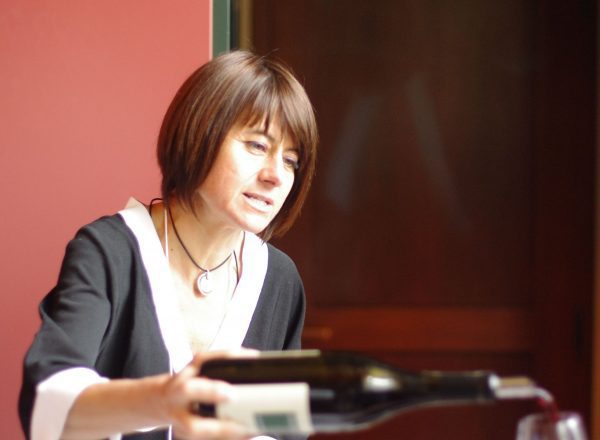
Array
(
[ID] => 1158
[id] => 1158
[title] => Barbara-Sandrone (2)
[filename] => Barbara-Sandrone-2-e1533662975855.jpg
[filesize] => 117305
[url] => https://wireless.vintus.com/wp-content/uploads/2018/08/Barbara-Sandrone-2-e1533662975855.jpg
[link] => https://wireless.vintus.com/producers/sandrone/barbara-sandrone-2/
[alt] =>
[author] => 6
[description] =>
[caption] =>
[name] => barbara-sandrone-2
[status] => inherit
[uploaded_to] => 480
[date] => 2018-08-07 17:29:25
[modified] => 2018-08-07 17:29:25
[menu_order] => 0
[mime_type] => image/jpeg
[type] => image
[subtype] => jpeg
[icon] => https://vintus.com/wp-includes/images/media/default.png
[width] => 1600
[height] => 1063
[sizes] => Array
(
[thumbnail] => https://wireless.vintus.com/wp-content/uploads/2018/08/Barbara-Sandrone-2-600x440.jpg
[thumbnail-width] => 600
[thumbnail-height] => 440
[medium] => https://wireless.vintus.com/wp-content/uploads/2018/08/Barbara-Sandrone-2-300x199.jpg
[medium-width] => 300
[medium-height] => 199
[medium_large] => https://wireless.vintus.com/wp-content/uploads/2018/08/Barbara-Sandrone-2-768x510.jpg
[medium_large-width] => 768
[medium_large-height] => 510
[large] => https://wireless.vintus.com/wp-content/uploads/2018/08/Barbara-Sandrone-2-1024x680.jpg
[large-width] => 1024
[large-height] => 680
[1536x1536] => https://wireless.vintus.com/wp-content/uploads/2018/08/Barbara-Sandrone-2-e1533662975855.jpg
[1536x1536-width] => 1536
[1536x1536-height] => 1020
[2048x2048] => https://wireless.vintus.com/wp-content/uploads/2018/08/Barbara-Sandrone-2-e1533662975855.jpg
[2048x2048-width] => 1600
[2048x2048-height] => 1063
[list_thumb] => https://wireless.vintus.com/wp-content/uploads/2018/08/Barbara-Sandrone-2-600x398.jpg
[list_thumb-width] => 600
[list_thumb-height] => 398
[gform-image-choice-sm] => https://wireless.vintus.com/wp-content/uploads/2018/08/Barbara-Sandrone-2-e1533662975855.jpg
[gform-image-choice-sm-width] => 300
[gform-image-choice-sm-height] => 199
[gform-image-choice-md] => https://wireless.vintus.com/wp-content/uploads/2018/08/Barbara-Sandrone-2-e1533662975855.jpg
[gform-image-choice-md-width] => 400
[gform-image-choice-md-height] => 266
[gform-image-choice-lg] => https://wireless.vintus.com/wp-content/uploads/2018/08/Barbara-Sandrone-2-e1533662975855.jpg
[gform-image-choice-lg-width] => 600
[gform-image-choice-lg-height] => 399
)
)
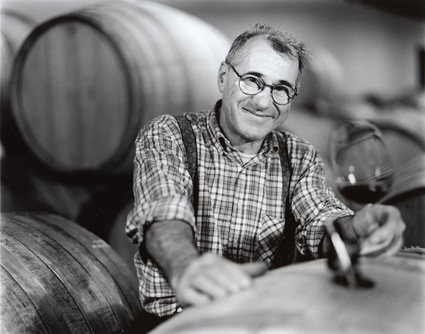
Array
(
[ID] => 1159
[id] => 1159
[title] => Luciano Sandrone
[filename] => Luciano-Sandrone.jpg
[filesize] => 85183
[url] => https://wireless.vintus.com/wp-content/uploads/2018/08/Luciano-Sandrone.jpg
[link] => https://wireless.vintus.com/producers/sandrone/luciano-sandrone/
[alt] =>
[author] => 6
[description] =>
[caption] =>
[name] => luciano-sandrone
[status] => inherit
[uploaded_to] => 480
[date] => 2018-08-07 17:29:26
[modified] => 2018-08-07 17:29:26
[menu_order] => 0
[mime_type] => image/jpeg
[type] => image
[subtype] => jpeg
[icon] => https://vintus.com/wp-includes/images/media/default.png
[width] => 425
[height] => 334
[sizes] => Array
(
[thumbnail] => https://wireless.vintus.com/wp-content/uploads/2018/08/Luciano-Sandrone.jpg
[thumbnail-width] => 425
[thumbnail-height] => 334
[medium] => https://wireless.vintus.com/wp-content/uploads/2018/08/Luciano-Sandrone-300x236.jpg
[medium-width] => 300
[medium-height] => 236
[medium_large] => https://wireless.vintus.com/wp-content/uploads/2018/08/Luciano-Sandrone.jpg
[medium_large-width] => 425
[medium_large-height] => 334
[large] => https://wireless.vintus.com/wp-content/uploads/2018/08/Luciano-Sandrone.jpg
[large-width] => 425
[large-height] => 334
[1536x1536] => https://wireless.vintus.com/wp-content/uploads/2018/08/Luciano-Sandrone.jpg
[1536x1536-width] => 425
[1536x1536-height] => 334
[2048x2048] => https://wireless.vintus.com/wp-content/uploads/2018/08/Luciano-Sandrone.jpg
[2048x2048-width] => 425
[2048x2048-height] => 334
[list_thumb] => https://wireless.vintus.com/wp-content/uploads/2018/08/Luciano-Sandrone.jpg
[list_thumb-width] => 425
[list_thumb-height] => 334
[gform-image-choice-sm] => https://wireless.vintus.com/wp-content/uploads/2018/08/Luciano-Sandrone.jpg
[gform-image-choice-sm-width] => 300
[gform-image-choice-sm-height] => 236
[gform-image-choice-md] => https://wireless.vintus.com/wp-content/uploads/2018/08/Luciano-Sandrone.jpg
[gform-image-choice-md-width] => 400
[gform-image-choice-md-height] => 314
[gform-image-choice-lg] => https://wireless.vintus.com/wp-content/uploads/2018/08/Luciano-Sandrone.jpg
[gform-image-choice-lg-width] => 425
[gform-image-choice-lg-height] => 334
)
)
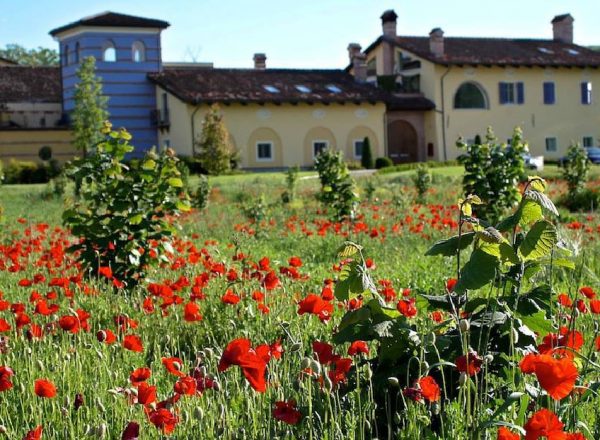
Array
(
[ID] => 4686
[id] => 4686
[title] => Sandrone Barolo in summer
[filename] => Sandrone-Barolo-in-summer.jpg
[filesize] => 272958
[url] => https://wireless.vintus.com/wp-content/uploads/2018/09/Sandrone-Barolo-in-summer.jpg
[link] => https://wireless.vintus.com/wines/barolo-le-vigne/sandrone-barolo-in-summer/
[alt] =>
[author] => 6
[description] =>
[caption] =>
[name] => sandrone-barolo-in-summer
[status] => inherit
[uploaded_to] => 986
[date] => 2018-09-10 12:58:23
[modified] => 2018-10-29 13:15:02
[menu_order] => 0
[mime_type] => image/jpeg
[type] => image
[subtype] => jpeg
[icon] => https://vintus.com/wp-includes/images/media/default.png
[width] => 1217
[height] => 622
[sizes] => Array
(
[thumbnail] => https://wireless.vintus.com/wp-content/uploads/2018/09/Sandrone-Barolo-in-summer-600x440.jpg
[thumbnail-width] => 600
[thumbnail-height] => 440
[medium] => https://wireless.vintus.com/wp-content/uploads/2018/09/Sandrone-Barolo-in-summer-300x153.jpg
[medium-width] => 300
[medium-height] => 153
[medium_large] => https://wireless.vintus.com/wp-content/uploads/2018/09/Sandrone-Barolo-in-summer-768x393.jpg
[medium_large-width] => 768
[medium_large-height] => 393
[large] => https://wireless.vintus.com/wp-content/uploads/2018/09/Sandrone-Barolo-in-summer-1024x523.jpg
[large-width] => 1024
[large-height] => 523
[1536x1536] => https://wireless.vintus.com/wp-content/uploads/2018/09/Sandrone-Barolo-in-summer.jpg
[1536x1536-width] => 1217
[1536x1536-height] => 622
[2048x2048] => https://wireless.vintus.com/wp-content/uploads/2018/09/Sandrone-Barolo-in-summer.jpg
[2048x2048-width] => 1217
[2048x2048-height] => 622
[list_thumb] => https://wireless.vintus.com/wp-content/uploads/2018/09/Sandrone-Barolo-in-summer-600x307.jpg
[list_thumb-width] => 600
[list_thumb-height] => 307
[gform-image-choice-sm] => https://wireless.vintus.com/wp-content/uploads/2018/09/Sandrone-Barolo-in-summer.jpg
[gform-image-choice-sm-width] => 300
[gform-image-choice-sm-height] => 153
[gform-image-choice-md] => https://wireless.vintus.com/wp-content/uploads/2018/09/Sandrone-Barolo-in-summer.jpg
[gform-image-choice-md-width] => 400
[gform-image-choice-md-height] => 204
[gform-image-choice-lg] => https://wireless.vintus.com/wp-content/uploads/2018/09/Sandrone-Barolo-in-summer.jpg
[gform-image-choice-lg-width] => 600
[gform-image-choice-lg-height] => 307
)
)
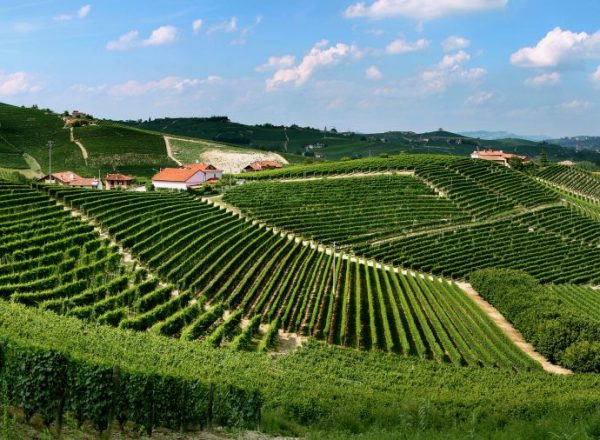
Array
(
[ID] => 1151
[id] => 1151
[title] => Sandrone - Cannubi Boschis Vineyard
[filename] => Cannubi-2-e1533662655515.jpg
[filesize] => 168089
[url] => https://wireless.vintus.com/wp-content/uploads/2018/08/Cannubi-2-e1533662655515.jpg
[link] => https://wireless.vintus.com/producers/sandrone/cannubi-2/
[alt] =>
[author] => 6
[description] =>
[caption] =>
[name] => cannubi-2
[status] => inherit
[uploaded_to] => 480
[date] => 2018-08-07 17:23:51
[modified] => 2018-09-19 21:37:12
[menu_order] => 0
[mime_type] => image/jpeg
[type] => image
[subtype] => jpeg
[icon] => https://vintus.com/wp-includes/images/media/default.png
[width] => 1600
[height] => 395
[sizes] => Array
(
[thumbnail] => https://wireless.vintus.com/wp-content/uploads/2018/08/Cannubi-2-600x440.jpg
[thumbnail-width] => 600
[thumbnail-height] => 440
[medium] => https://wireless.vintus.com/wp-content/uploads/2018/08/Cannubi-2-300x74.jpg
[medium-width] => 300
[medium-height] => 74
[medium_large] => https://wireless.vintus.com/wp-content/uploads/2018/08/Cannubi-2-768x190.jpg
[medium_large-width] => 768
[medium_large-height] => 190
[large] => https://wireless.vintus.com/wp-content/uploads/2018/08/Cannubi-2-1024x253.jpg
[large-width] => 1024
[large-height] => 253
[1536x1536] => https://wireless.vintus.com/wp-content/uploads/2018/08/Cannubi-2-e1533662655515.jpg
[1536x1536-width] => 1536
[1536x1536-height] => 379
[2048x2048] => https://wireless.vintus.com/wp-content/uploads/2018/08/Cannubi-2-e1533662655515.jpg
[2048x2048-width] => 1600
[2048x2048-height] => 395
[list_thumb] => https://wireless.vintus.com/wp-content/uploads/2018/08/Cannubi-2-600x148.jpg
[list_thumb-width] => 600
[list_thumb-height] => 148
[gform-image-choice-sm] => https://wireless.vintus.com/wp-content/uploads/2018/08/Cannubi-2-e1533662655515.jpg
[gform-image-choice-sm-width] => 300
[gform-image-choice-sm-height] => 74
[gform-image-choice-md] => https://wireless.vintus.com/wp-content/uploads/2018/08/Cannubi-2-e1533662655515.jpg
[gform-image-choice-md-width] => 400
[gform-image-choice-md-height] => 99
[gform-image-choice-lg] => https://wireless.vintus.com/wp-content/uploads/2018/08/Cannubi-2-e1533662655515.jpg
[gform-image-choice-lg-width] => 600
[gform-image-choice-lg-height] => 148
)
)
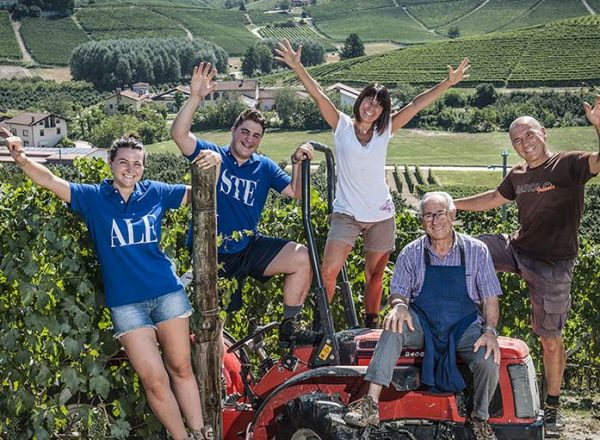
Array
(
[ID] => 4688
[id] => 4688
[title] => Sandrone Aleste Family
[filename] => Sandrone-Aleste-Family.jpg
[filesize] => 150440
[url] => https://wireless.vintus.com/wp-content/uploads/2018/09/Sandrone-Aleste-Family.jpg
[link] => https://wireless.vintus.com/wines/barolo-aleste/sandrone-barolo-aleste-2015/sandrone-aleste-family/
[alt] =>
[author] => 6
[description] =>
[caption] =>
[name] => sandrone-aleste-family
[status] => inherit
[uploaded_to] => 14102
[date] => 2018-09-10 12:59:23
[modified] => 2019-07-22 15:28:25
[menu_order] => 0
[mime_type] => image/jpeg
[type] => image
[subtype] => jpeg
[icon] => https://vintus.com/wp-includes/images/media/default.png
[width] => 697
[height] => 674
[sizes] => Array
(
[thumbnail] => https://wireless.vintus.com/wp-content/uploads/2018/09/Sandrone-Aleste-Family-600x440.jpg
[thumbnail-width] => 600
[thumbnail-height] => 440
[medium] => https://wireless.vintus.com/wp-content/uploads/2018/09/Sandrone-Aleste-Family-300x290.jpg
[medium-width] => 300
[medium-height] => 290
[medium_large] => https://wireless.vintus.com/wp-content/uploads/2018/09/Sandrone-Aleste-Family.jpg
[medium_large-width] => 697
[medium_large-height] => 674
[large] => https://wireless.vintus.com/wp-content/uploads/2018/09/Sandrone-Aleste-Family.jpg
[large-width] => 697
[large-height] => 674
[1536x1536] => https://wireless.vintus.com/wp-content/uploads/2018/09/Sandrone-Aleste-Family.jpg
[1536x1536-width] => 697
[1536x1536-height] => 674
[2048x2048] => https://wireless.vintus.com/wp-content/uploads/2018/09/Sandrone-Aleste-Family.jpg
[2048x2048-width] => 697
[2048x2048-height] => 674
[list_thumb] => https://wireless.vintus.com/wp-content/uploads/2018/09/Sandrone-Aleste-Family-414x400.jpg
[list_thumb-width] => 414
[list_thumb-height] => 400
[gform-image-choice-sm] => https://wireless.vintus.com/wp-content/uploads/2018/09/Sandrone-Aleste-Family.jpg
[gform-image-choice-sm-width] => 300
[gform-image-choice-sm-height] => 290
[gform-image-choice-md] => https://wireless.vintus.com/wp-content/uploads/2018/09/Sandrone-Aleste-Family.jpg
[gform-image-choice-md-width] => 400
[gform-image-choice-md-height] => 387
[gform-image-choice-lg] => https://wireless.vintus.com/wp-content/uploads/2018/09/Sandrone-Aleste-Family.jpg
[gform-image-choice-lg-width] => 600
[gform-image-choice-lg-height] => 580
)
)
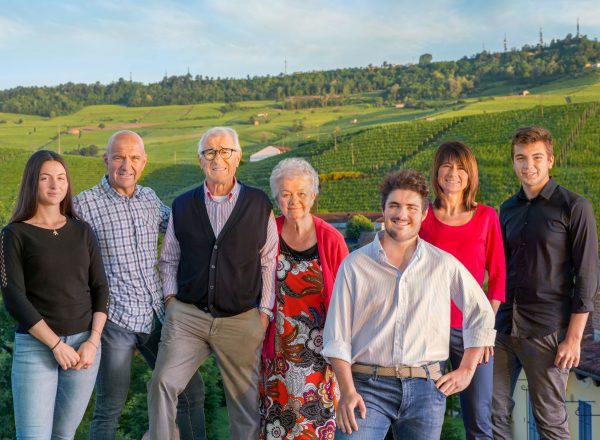
Array
(
[ID] => 3509
[id] => 3509
[title] => Sandrone Family 3 Generations
[filename] => Sandron-family-40years-e1533937635102.jpg
[filesize] => 301117
[url] => https://wireless.vintus.com/wp-content/uploads/2018/08/Sandron-family-40years-e1533937635102.jpg
[link] => https://wireless.vintus.com/producers/sandrone/sandron-family-40years/
[alt] =>
[author] => 6
[description] =>
[caption] => The Sandrone Family, 3 generations
[name] => sandron-family-40years
[status] => inherit
[uploaded_to] => 480
[date] => 2018-08-10 21:47:04
[modified] => 2018-09-18 17:54:00
[menu_order] => 0
[mime_type] => image/jpeg
[type] => image
[subtype] => jpeg
[icon] => https://vintus.com/wp-includes/images/media/default.png
[width] => 1600
[height] => 1143
[sizes] => Array
(
[thumbnail] => https://wireless.vintus.com/wp-content/uploads/2018/08/Sandron-family-40years-600x440.jpg
[thumbnail-width] => 600
[thumbnail-height] => 440
[medium] => https://wireless.vintus.com/wp-content/uploads/2018/08/Sandron-family-40years-300x214.jpg
[medium-width] => 300
[medium-height] => 214
[medium_large] => https://wireless.vintus.com/wp-content/uploads/2018/08/Sandron-family-40years-768x549.jpg
[medium_large-width] => 768
[medium_large-height] => 549
[large] => https://wireless.vintus.com/wp-content/uploads/2018/08/Sandron-family-40years-1024x732.jpg
[large-width] => 1024
[large-height] => 732
[1536x1536] => https://wireless.vintus.com/wp-content/uploads/2018/08/Sandron-family-40years-e1533937635102.jpg
[1536x1536-width] => 1536
[1536x1536-height] => 1097
[2048x2048] => https://wireless.vintus.com/wp-content/uploads/2018/08/Sandron-family-40years-e1533937635102.jpg
[2048x2048-width] => 1600
[2048x2048-height] => 1143
[list_thumb] => https://wireless.vintus.com/wp-content/uploads/2018/08/Sandron-family-40years-560x400.jpg
[list_thumb-width] => 560
[list_thumb-height] => 400
[gform-image-choice-sm] => https://wireless.vintus.com/wp-content/uploads/2018/08/Sandron-family-40years-e1533937635102.jpg
[gform-image-choice-sm-width] => 300
[gform-image-choice-sm-height] => 214
[gform-image-choice-md] => https://wireless.vintus.com/wp-content/uploads/2018/08/Sandron-family-40years-e1533937635102.jpg
[gform-image-choice-md-width] => 400
[gform-image-choice-md-height] => 286
[gform-image-choice-lg] => https://wireless.vintus.com/wp-content/uploads/2018/08/Sandron-family-40years-e1533937635102.jpg
[gform-image-choice-lg-width] => 600
[gform-image-choice-lg-height] => 429
)
)
